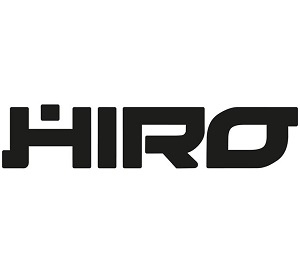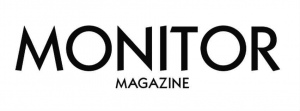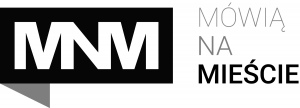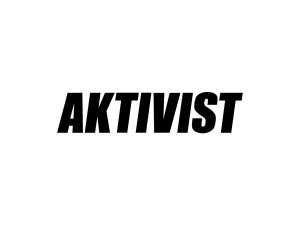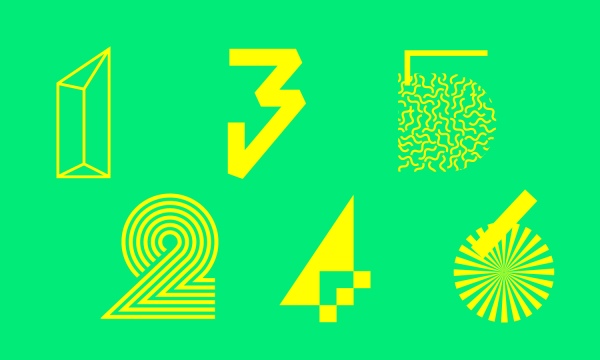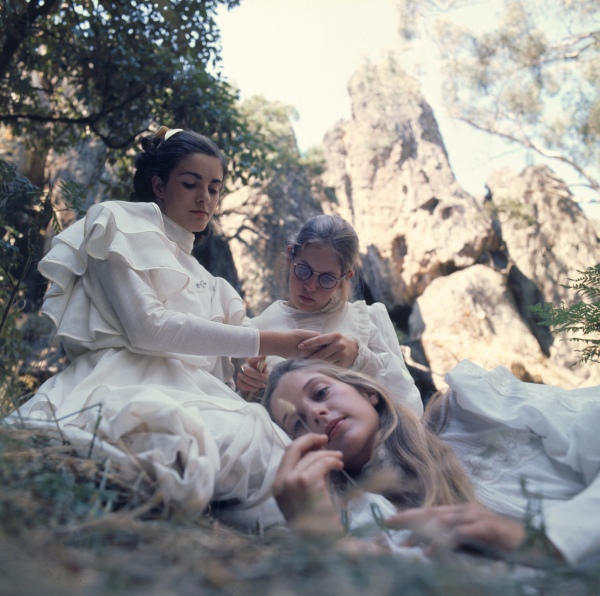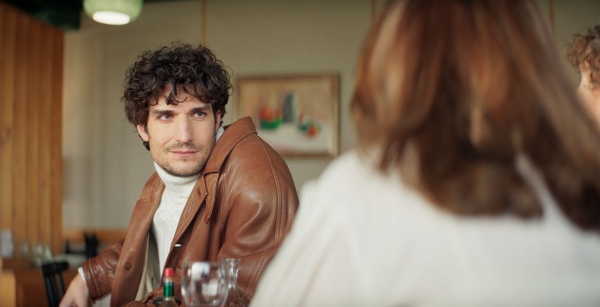29/04—19/05/2013
exhibition
Ada Karczmarczyk
Testimony
- “Ever since early childhood I’ve felt that I have a mission. I’ve always felt that I have something important to tell the world, and I’d probably have done it a long time ago if it wasn’t for the fact that I had no clue what that something really was. I used to think that my duty as an artist who draws her inspirations from popular culture would be to mock things, to bring some positive energy to the rigid world of art, or to safely produce critical art with a mission to ambitiously reveal the flaws of our imperfect reality. And everything in my life was heading in that direction, when at some point I experienced a totally unexpected U-turn in my thinking, caused by a borderline experience of me asking God for help in bringing back to life a person who was close to me, in return for giving important advice to the world. These words, uttered by instinct during a traumatic moment in my life, caused the way I think about the purpose of my quest to be turned upside down.
- Ever since that time, as a believer in the existence of a Higher Intelligence, I have been ruminating over what it is that I could tell people. It wasn’t easy, because I’ve been brought up in a consumerist society clogged with useless information, and living among artists looking for stranger and stranger ornaments of personality or obsessively searching for problems rather than signposts, exhausted by conversations, which today are more of a way to stuff your mind with barren facts than to exchange constructive observations, and so I was faced with a hard nut to crack. Thankfully, already for some time I've been having thoughts about the area of spirituality, which, after my conversion, inspired me to try a more transcendental approach. While searching the global archive of the most important, world-improving signposts, experimenting a bit with rituals and mysticism, I was getting nearer to the synthesis and, when I finally compressed it into a coherent universal essence that I thought I could offer to the world, I’ve realised that I've seen this way of thinking before. It proved to be homogenous with the basic assumptions of Christian, mostly Catholic, theology (85%). I was happy to have found a good cheat sheet that arranges my way of understanding reality into a sensible and fairly simple rule, while at the same time guaranteeing that the world is being improved a bit. I’ve quickly started to realise how much people’s perceptions warp this way of thinking. After all, I myself was struggling with all my might against it, because everything associated with the word “Church” had such a negative image to me.
- The Testimony exhibition is my opportunity and attempt to translate what I consider to be the most valuable parts of the Catholic way of thinking into the language of art. I am using my hallmark, light and vivid pop music video format, which is also the most effective for my mission, to freshen the most important aspects of the philosophy that is capable of evoking repulsive associations, while the art that has been representing it so far, i.e. religious art, has been avoiding a more creative approach to the topic, which caused it to get stuck in one place. I have decided to bring closer all that seems distant, to liven up all that seems rigid, to disentangle all that seems complex, to make attractive all that seems boring, to bring energy to all that seems insipid, to give sense to all that seems useless, to instil a sense of thinking with modern art and not in isolation from it, while at the same time retaining the light, distanced and abstract qualities of my work, in short – to make cool the things that seems uncool in the Catholic religion, and that make a great tool for changing the world for the better.”
- Ada Karczmarczyk
- Art was a faithful companion of religion, as long as it fulfilled an illustrative role. However, ever since it expanded its competences into the area of the work’s content and started making non-canonical interpretations, the distance between these two started to grow rapidly. The contemporary Church-affiliated artistic production has very little to do with art. At best, it comprises copies of the old masters, at worst – cheesy pictures and chromolithographic prints. Artistry on the scale of Nowosielski or Bereś happens very rarely.
- Does the Church need new art and, if so, what for? As a tool of promotion, or as a new language to achieve a deeper connection with its potential followers?
- Can an offer made by an artist who consequently explores specific aesthetics not necessarily based on the tradition of Christian iconography – and an unorthodox one at that – can such an offer fill the gap left by religious art and be relevant today? Does a visual artist have to give up their way of expression and resort to the language of 19th c. Romantics to give a Christian testimony?
- Monika Szewczyk
Today at U–jazdowski

